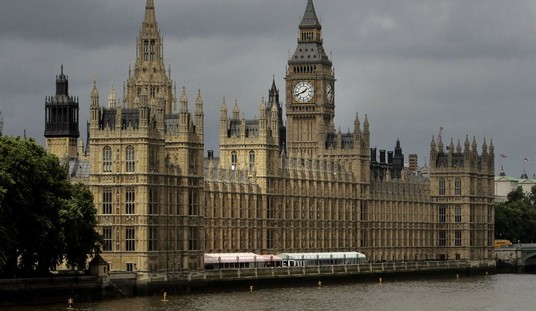The death toll in the Oso, Washington mudslide hit 24 unofficially overnight, as more bodies have been located in the devastation. The search and rescue teams are working in dangerous ground, CBS News reports, that looks and acts like quicksand, but they are still holding out hope to find survivors:
The unofficial death toll hit 24 on Tuesday evening as rescue crews braved horrific conditions to comb the muck and debris left by a massive mudslide that obliterated an entire neighborhood in northwest Washington state.
“Unfortunately we didn’t find any signs of life,” Snohomish County Fire District 21 Chief Travis Hots told reporters.
The official death toll had stood at 14, but two more bodies were recovered Tuesday and searchers believed they bhad found eight more, although they were unable to immediately retrieve them, Hots said. That would bring the known death toll to 24, although authorities fear it will go much higher.
More than 200 responders were combing through the muck and debris, trying to find anyone alive.
“That’s our number one priority right now,” Hots said.
Questions are now being asked about whether the state government and/or local officials should have known the risks for the slide. It didn’t happen out of the blue, as the local newspaper Yakima Herald pointed out over the weekend:
Since the 1950s, geological reports on the hill that buckled during the weekend in Snohomish County have included pessimistic analyses and the occasional dire prediction. But no language seems more prescient than what appears in a 1999 report filed with the U.S. Army Corps of Engineers, warning of “the potential for a large catastrophic failure.” …
Daniel Miller, a geomorphologist, also documented the hill’s landslide conditions in a report written in 1997 for the Washington Department of Ecology and the Tulalip Tribes. He knows the hill’s history, having collected reports and memos from the 1950s, 1960s, 1980s and 1990s. He has a half-dozen manila folders stuffed with maps, slides, models and drawings, all telling the story of an unstable hillside that has defied efforts to shore it up.
That’s why he could not believe what he saw in 2006, when he returned to the hill within weeks of a landslide that crashed into and plugged the North Fork of the Stillaguamish River, creating a new channel that threatened homes on a street called Steelhead Drive. Instead of seeing homes being vacated, he saw carpenters building new ones.
“Frankly, I was shocked that the county permitted any building across from the river,” he said.
That’s not what one Snohomish County official says:
His perspective stands in contrast to what John Pennington, head of Snohomish County’s Department of Emergency Management, said at a news conference Monday. “It was considered very safe,” Pennington said. “This was a completely unforeseen slide. This came out of nowhere.”
How could it have been “completely unforeseen”? A similar but smaller slide occurred eight years ago in nearly the same spot, blocking the river and threatening a flood, according to the Herald. No one stopped residential construction in the neighborhood, although the county did require the homes to be on platforms two feet above the base flood level calculated for the area. On Monday, county officials claimed to be completely unaware of the 1999 Corps of Engineers report that predicted this very event.
Right now, the focus is on search and rescue, but at some point it will shift to accountability. There still may be as many as 170 people left to be found — hopefully alive, but that hope is fading quickly.
Update: NBC has an eight-question FAQ to bring people up to speed on the story.








Join the conversation as a VIP Member